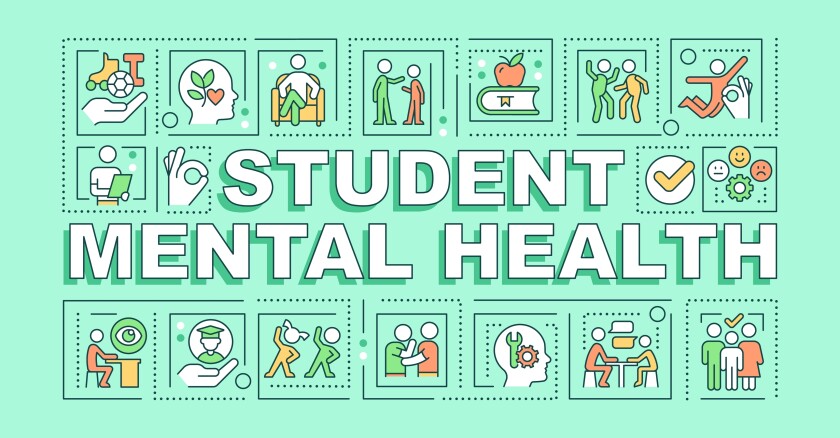Suicide is the second leading cause of death among adolescents, the CDC says. And children as young as 3 have experienced anxiety and depression. It’s upsetting. And it’s the stuff of nightmares for parents, who constantly worry about the potential impact of anxiety, depression and stress on their children. Mental health issues can manifest in various ways, from fatigue to eating disorders to erratic and violent behavior. But the clues aren’t always easy to spot, whether by parents or educators.
Exacerbating the challenge is the widespread adoption of technology and digital services in school districts across the United States. While going digital had the positive effect of keeping students engaged with their schoolwork during the COVID-19 pandemic, it also had negative side effects. It contributed to feelings of isolation and depression among students at an age when socializing is essential to their sense of worth and preparation for adulthood.
When students normally would have sat in classrooms interacting with teachers and peers, they were tied to their Chromebooks, tablets or laptops. With the pandemic now behind us, the use of digital tools continues in hybrid learning environments combining the physical and virtual realms.
For students struggling with mental health, taking refuge in an online world of their own can start to resemble salvation. But it also adds to the sense of isolation. For teachers, it’s difficult to spot emotional and mental issues when students hide them behind a digital veil. Teachers already have a lot on their plates, often being asked to function in large class sizes that complicate learning and within budgetary confines that limit resources.
DIGITAL MONITORING
Teachers need a holistic view of the student’s physical and mental health, preferably at a single glance. Internet safety software can provide that view by automatically tracking keywords associated with red-flag topics such as self-harm, bullying, violence, drugs or radicalization.
It can also scan for words that provide other clues into a child’s wellbeing. Take the dozing student. Perhaps a newborn at home has been crying through the night, causing sleep deprivation. Lack of sleep erodes a student’s ability to concentrate in the classroom and when doing homework. It also can lead to mental health issues, diabetes and physical injuries.
If the teacher who noticed the dozing also knows the child has been searching online about how to get sleep, the teacher can address the problem by speaking with the student or the parents. The same applies in cases when students do searches about depression, suicide, weapons and other red-flag keywords.
Using Internet safety software for monitoring is about more than catching problems or a student’s negative behavior. Teachers can gain a view into a student’s interests, challenges and afflictions so they can better address a problem. Schools that have implemented this type of software report a positive effect on student behavior. By addressing what is troubling a student through the aid of monitoring, teachers, staff and parents open the door to resolution.
A COMPREHENSIVE APPROACH
Monitoring students’ online activities has immediate and long-term effects. Keywords can be detected in real time for quick review by teachers and counselors. Software also creates a history of student searches, providing a chronology that can help flag potential mental health problems. Watching YouTube in class once or twice may raise alarms, but if it becomes chronic, it could signal a desire to escape from something.
Teachers can correlate data from online searches with offline observations, such as students having bruises or going to school without a jacket on a freezing winter day. With help from software, teachers can combine all of these elements, connecting the dots to build a picture that leads to action.
As schools become more dependent on digital tools for hybrid learning environments, it only makes sense to also leverage digital tools to spot clues of students’ mental and emotional states. Internet safety software that tracks warning signs in real time can be a valuable tool in helping our children live healthy, happy lives.
Justin Reilly is the CEO of Impero Software, a company that makes tools for classroom management, safety and remote access.















